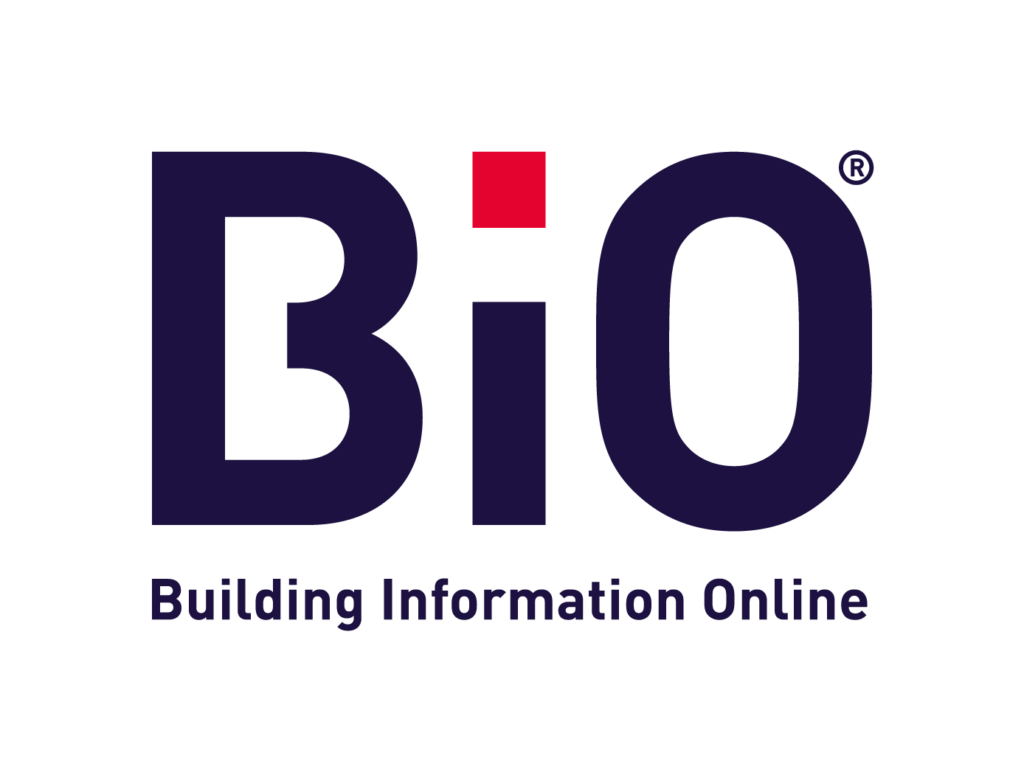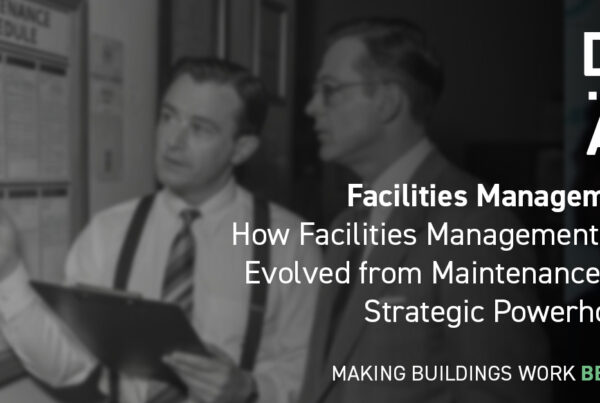
How Multi Academy Trusts (MATs) Can Cut Costs and Improve Pupil Wellbeing, and Stay Compliant with the Academy Trust Handbook 2025
In this four-part blog series, we’ve explored how the Academy Trust Handbook (ATH) 2025 establishes sustainability as a governance duty, how trusts can build a carbon reduction strategy, and the hidden inefficiencies that can be tackled through BMS optimisation.
In this final instalment, we turn to two often-overlooked areas of estate management: water consumption and indoor air quality. For MATs across England and Wales, these are no longer side issues, they’re essential for compliance, cost control, and pupil wellbeing. While heating, lighting, and energy use usually dominate sustainability conversations, water and air represent significant opportunities for savings, compliance, and health outcomes across academy estates.
Why Water Efficiency and Air Quality Matter for Academy Trust Handbook 2025 Compliance
The Academy Trust Handbook 2025 makes clear that sustainability responsibilities extend beyond carbon and energy. Trustees and accounting officers must also ensure estates strategies address resource efficiency and environmental health.
- Water efficiency: Wasted water inflates utility bills and undermines sustainability targets.
- Air quality: Poor ventilation increases energy waste while directly affecting pupil concentration, attendance, and wellbeing.
By treating water and air as core components of estates efficiency, trusts can not only reduce costs but also support pupil health and meet statutory obligations.
Rethinking Air Quality Management
Traditionally, schools have monitored air quality with handheld samplers; spot-check devices that provide occasional readings. While useful, this approach is no longer adequate.
Limitations of handheld monitoring:
- Snapshot only, not continuous tracking.
- Relies on staff remembering to log measurements.
- Provides little insight into interaction with HVAC systems.
Smart air quality monitoring
Modern air quality sensors, integrated with the Building Management System (BMS), provide:
- Continuous monitoring of CO₂, temperature, humidity, and particulates.
- Automated control of ventilation rates to maintain healthy conditions.
- Reduced fan speeds and HVAC energy consumption when fresh air demand is low.
This approach creates healthier classrooms and lowers energy bills by preventing over-ventilation.
The Link Between Air Quality and Learning
Research shows poor air quality negatively affects concentration, attendance, and pupil outcomes. By integrating sensors into the BMS, trusts can:
- Ensure learning environments remain within recommended CO₂
- Provide real-time data for staff and governors.
- Demonstrate compliance during audits and inspections.
This makes air quality management not just a facilities issue, but an educational priority.
Water Efficiency in Academy Trusts
Water efficiency is one of the most overlooked areas of school estates management. Yet schools are among the most water-intensive public buildings, with high daily usage for sanitation, catering, and cleaning.
DfE recommended measures include:
- Low-flow fixtures: taps, toilets, and showers that cut consumption by 30–50%.
- Leak monitoring: early detection of leaks can prevent thousands of litres of wasted water each month.
- Behaviour change: staff and student campaigns (e.g., “switch off the tap”) build awareness.
With energy prices dominating the headlines, water is often forgotten—but the financial savings from leak prevention and fixture upgrades can be substantial.
Using BMS to Monitor Water Efficiency and Consumption
A modern BMS can also support water management by:
- Monitoring consumption trends across sites.
- Flagging anomalies (e.g., overnight flows indicating leaks).
- Integrating data with sustainability dashboards to support SECR and estates reporting.
This transforms water from a hidden overhead into a managed resource, aligned with the trust’s sustainability strategy.
Holistic Estates Efficiency – Beyond Energy Alone
The message of the ATH 2025 is clear: sustainability must be embedded in every aspect of estates strategy. That means moving beyond a narrow focus on energy and carbon to consider:
- Water use and the financial/environmental cost of waste.
- Air quality and its impact on both energy efficiency and pupil outcomes.
- Whole-building optimisation, where heating, cooling, ventilation, lighting, water, and air are integrated under one strategy.
By expanding the definition of estates efficiency, trusts can unlock additional savings and make a stronger contribution to the DfE’s climate and sustainability goals.
The DMA Approach: Whole-Building Optimisation
At DMA Group, we help trusts go beyond compliance by optimising every aspect of their estates.
Our integrated approach includes:
- BMS surveys that identify water leaks, air quality inefficiencies, and ventilation issues.
- Smart monitoring of CO₂, humidity, and water consumption.
- Lifecycle planning that ensures long-term efficiency in plant, water, and HVAC systems.
- Trust-wide reporting that aligns with SECR, the DfE Sustainability Strategy, and ATH 2025.
By looking at the whole picture, DMA helps MATs deliver not just energy savings, but truly sustainable, healthy, and cost-effective estates.
Why This Is a Governance Priority
For trustees and accounting officers, ignoring water and air management is no longer an option. Under the Academy Trust Handbook 2025:
- Resource efficiency is a statutory duty.
- Poor management risks financial loss, reputational damage, and non-compliance.
- Visible leadership on sustainability strengthens governance and builds community trust.
Are Water and Air the Missing Pieces in Your Estates Strategy?
We’re helping academy trusts take a whole-building approach to sustainability. Book a discovery call with us to see how your trust can optimise water, air, and plant systems as part of your wider estates efficiency plan.
Check out our other blogs in this series:
Part 1
Discover what the Academy Trust Handbook 2025 means for sustainability and the statutory duties for MATs around carbon reporting, SECR compliance, and governance leadership.
Part 2
Turn Academy Trust sustainability policy into action. This guide shows how MATs can baseline emissions, build a Carbon Reduction Plan, and use BMS systems to track progress.
Part 3
A BMS survey can reveal the energy trusts didn’t know they were wasting. Learn how optimising heating, cooling, and ventilation can cut MAT energy use by up to 40%.






